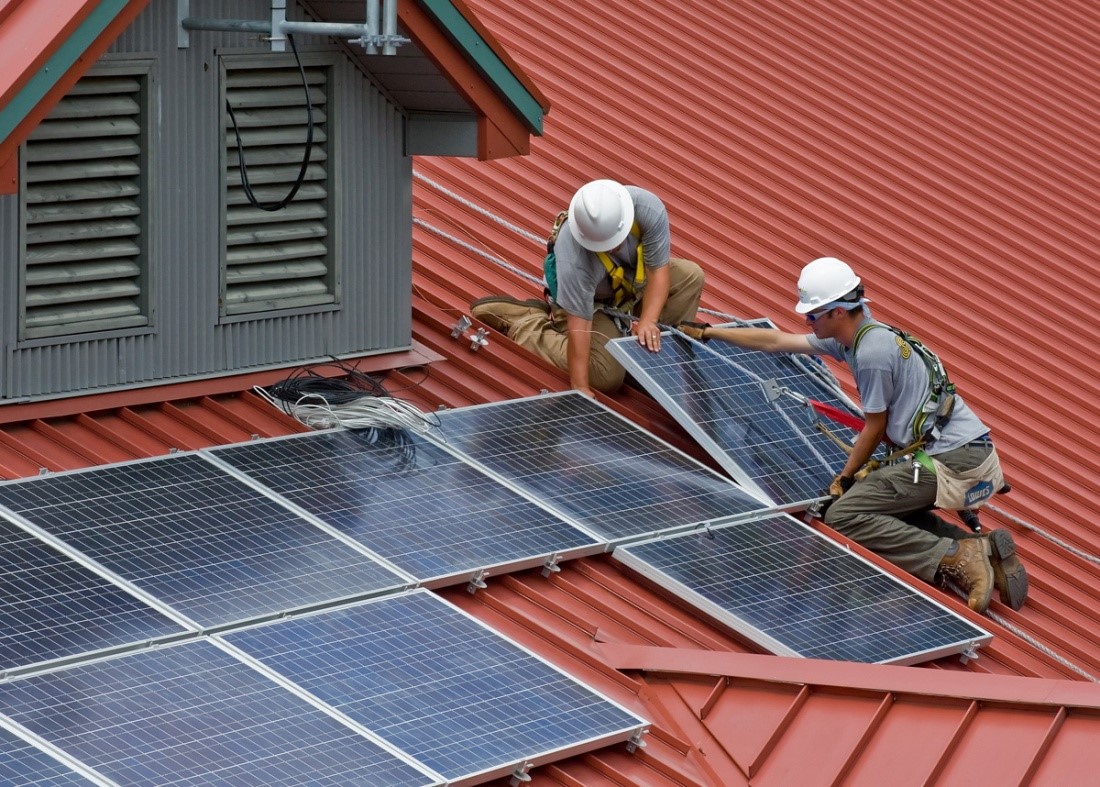
Solar panels and their purpose do not need an introduction anymore. They have taken the consumer market by storm with their amazing benefits. They rely on a powerful natural source – sun’s radiation – to work, and thus, will remain a popular commodity for generations to come.
However, despite all the efforts and technological advancements implemented in this sector, we are still only able to harness 0.0001 percent of the available energy. However, in spite of that, solar systems continue to gain popularity and for all the right reasons. After all, it’s a renewable energy source, which can help people reduce their electricity bills and maintenance costs. Besides this, their diverse applications and technological development benefits are worth a mention too.
However, this article is not meant to highlight the benefits users can reap by going solar. Instead, here we are going to discuss the benefits solar companies can earn if they make their solar systems more efficient and improve their solar installation process.
Table of Contents
Solar systems – Improved manufacturing process
Solar panels consist of various components, and there are many ways a solar company can use that opportunity to improve the solar manufacturing and installation process.
Not all solar panels are created equal. Hence, one of the best ways to improve the installation process is to first pay attention to the manufacturing of solar panels. Utilizing a classification system for a solar system based on quality, performance, warranty, and durability can help make the installation process easier and much more efficient.
And here’s how you can go about it: There are two primary methods of making the manufacturing process more efficient. First, manufacturers can improve the cells of the solar systems, and second, they can improve the placement of those cells in the panel.
Improving textures, antireflective coating, and other materials
Have you ever seen a solar panel and notice the difference of color in solar cells? While the scenario is quite common, what most people fail to realize is that it’s a sign of bad quality. The more consistency you find in their color, the better it speaks of its quality and efficient power supply.
In fact, establishing a more consistent process is a relatively easy yet most effective way to improve the efficiency of solar panels.
Reduce busbars shading
Busbars are the thin metal wires present on top of solar cells. Usually placed vertically or horizontally at the front, these wires help the energy generated on the solar panel to travel to the desired destination.
However, in some cases, the light of busbars may reflect and thus may not effectively produce energy. An effective way to counter this situation is to make busbars thinner than they currently are or even eliminate them if possible.
Users might not know this, but the highest-efficiency solar panels available in the market have rear contacts, wherein the busbars are installed on the back of the panel.
Use solar cells on both sides
Most solar cells are attached to a durable backing or back-sheet in standard black or white color. On the other hand, some solar cells are clear on both sides and are more efficient in utilizing energy.
The technology is sometimes referred to as ‘bifacial’ and is considered more efficient than the traditional manufacturing method.
Improve the installation process
Here are the most viable steps a solar company can take to improve their installation process for better efficiency:
- Conduct an inspection
Before beginning the project, designate a representative to carry out a preliminary inspection. As a solar company, this will give you a clear idea about the current and future needs of the recipients.
The representative can note down the specifications and offer solutions based on his or her own expertise – especially about the amount of energy needed.
Your representative should be able to warn you in case there are any obstacles, such as poor location.
- Invest in the design phase
Use the expertise of your engineers and create a detailed schematic of the project to clearly illustrate how the solar panel installation should be designed.
The diagram will highlight the number of panels needed for the required power load and their location. It should also be able to tell you about the equipment upgrading required to accommodate the solar system.
This may require regular check-through with the representative, who initially visited the site and has maximum details of the project.
- Assign a project manager
Other than a representative, who will be answerable to the company for providing the required services, there should be another person accountable to the clients; This will be the project manager who will answer the queries of the clients and ensure the project keeps rolling.
Moreover, a project manager is essential for each project so that he can deal with applications, utilities, permits, and other paperwork. It will be their job to keep the company as well as the parties updated.
Professionals, like scoop.solar, always assign a project manager to each of their ongoing projects to ensure the projects keep moving according to the timeframe initially agreed upon.
- Approval
After the design and timeline have been settled, the project team must apply to all the central entities – including Power Company, local government, etc. – to get the approval. It is important to acquire all the required permits before the project can be initiated.
- Consider upgrades beforehand
For a solar company to thrive, it is important for it to consider all upgrades during the design and installation process only. The idea is to ensure nothing in your plan goes wrong after a certain period in your client’s infrastructure.
- Plan a timeline
A solar company’s installation process can improve if it follows the timeline religiously and the project completes on time. Therefore, it is important to plan the whole process to figure out how much time it will occupy. Depending on the size of your project, it can take from two months to an entire year for the project to complete.
Also, keep in mind to dedicate a few days if you have to deal with getting approval and upgrades. It may also take a few additional weeks.
Bottom line
It is crucial to plan everything out in advance, so you stay on track throughout the project. For larger solar companies, having everything strategized can save a lot of time and hassle.
The steps mentioned above can naturally improve the solar installation process and offer better efficiency. Do let us know which one you think is the most effective strategy out of all in the comments section below.
ABOUT Alycia Gordan
 Alycia Gordan is a freelance writer who loves to read and write articles on healthcare technology, fitness and lifestyle. She is a tech junkie and divides her time between travel and writing. You can find her on Twitter: @meetalycia
Alycia Gordan is a freelance writer who loves to read and write articles on healthcare technology, fitness and lifestyle. She is a tech junkie and divides her time between travel and writing. You can find her on Twitter: @meetalycia

